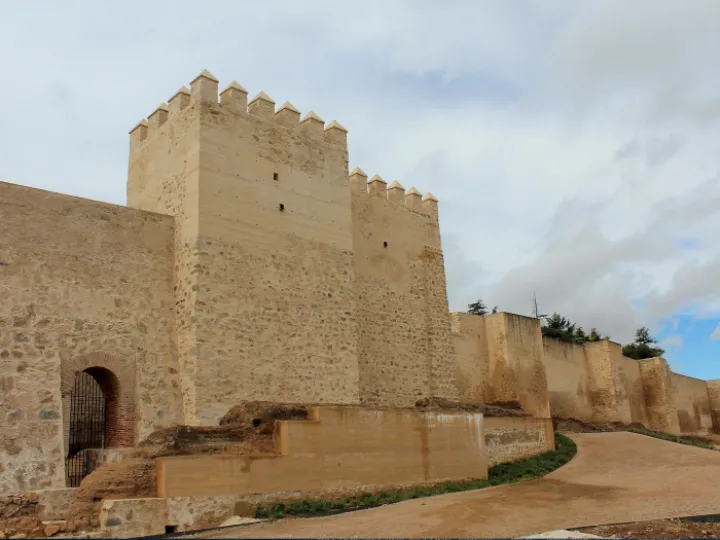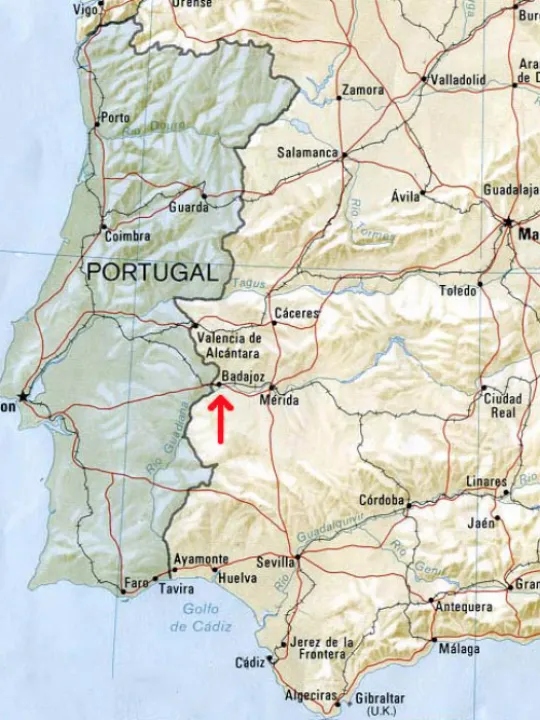A Tale from the Peninsular War








A tale from the Peninsular War
Some time in 1964, my future wife and I were staying with her grandparents for a few days. Their small Lancashire village was a world away from my usual habitat of inner-city Manchester and offered very little in the way of entertainment if the weather was bad, which of course it was on this occasion.
None of the few books in the house had much appeal but being desperate to read I settled for a book by Georgette Heyer, a then popular writer of romantic novels set in the Regency period. It was entitled 'The Spanish Bride', published in 1940 and centred around what appeared to be a rather far-fetched and implausible love match between a British officer and a young Spanish girl during the Peninsular War.
The Duke of Wellington gave the couple his blessing and they were promptly married, and it was assumed they lived happily ever after. I cannot remember if I even finished the book after that.
Fast forward many years, by which time the Peninsular War had become a key part of my interest in the war against Napoleonic France in the early nineteenth century. Slowly advancing from his Lisbon base, the Duke of Wellington had to take several key frontier fortresses before he could advance into Spain from Portugal.
Badajoz was one of these strongpoints and it took three very costly sieges to reduce it. When it fell, the troops ran riot for 72 hours before Wellington sent in the Guards to erect gallows in the town square and forcibly restore order. Some refugees managed to escape to allied army headquarters for protection after having their property destroyed.
Among these was a Spanish lady and her 14-year-old sister, Juana Maria de los Dolores de León. A young major of the Light Division, Harry Smith, saw her, promptly fell in love and within a fortnight they were married, with as you can no doubt guess, Wellington's blessing. So much for me regarding Georgette Heyer's story as completely implausible.
But..... the story doesn't end there. Harry, later Sir Harry, went on to have a distinguished career, eventually becoming governor of Cape Colony in South Africa. He pursued an aggressive policy which greatly extended British territory in the region and he named one of the captured towns after his wife. Later still, during the Second Boer War, this town, Ladysmith, became famous for the siege it endured in 1900 along with that of Mafeking where Robert Baden-Powell sowed the seeds of the Scout Movement.
And, of course it's thanks to the existence of the movement that Audlem and District History Society has a venue for its meetings.
Anthony Pearson
Get In Touch
AudlemOnline is powered by our active community.
Please send us your news and views using the button below:
Email: editor@audlem.org






